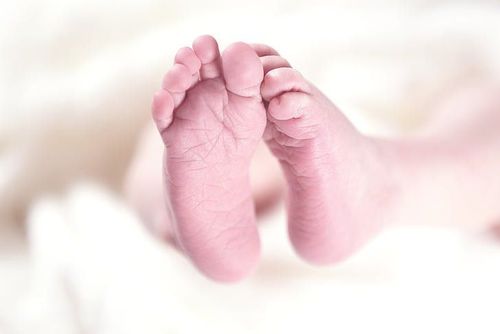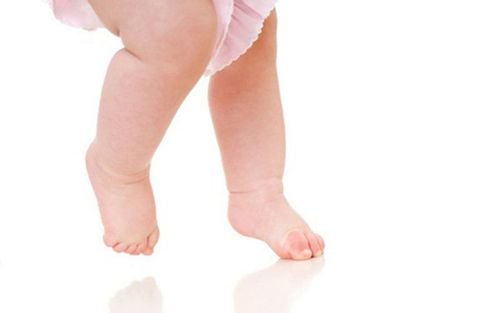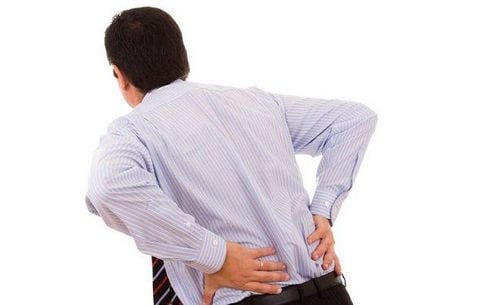This is an automatically translated article.
The article is professionally consulted by Master, Doctor Vu Quoc Anh - Department of Pediatrics - Neonatology - Vinmec Danang International General Hospital. Dr. Anh has nearly 10 years of experience as a resident doctor and treating doctor at Hue Central Hospital and Danang Children's Hospital.Congenital clubfoot is a birth defect of the feet in children, occurring right from the time a woman is in pregnancy. Clubfoot in babies can occur in one or both legs, giving the baby an irregular shape and difficulty with some daily activities.
1. Congenital clubfoot
Clubfoot is a type of deformity that occurs in the feet of infants, can be one or both legs, usually begins in the second trimester of pregnancy and is difficult to detect on a fetal ultrasound. before the 16th week of pregnancy. The disease worsens with age and is usually not accompanied by other birth defects, sometimes clubbing or stiffness in the knee or elbow joints. The cause of congenital clubfoot has not been fully studied to date.Regarding the signs of recognition, clubfoot in infants can be detected easily after birth with symptoms such as clubfoot inwards like a golf club, when visiting Physical examination reveals stiffness, muscles and ligaments in the foot may show signs of contraction, may also show closed or flexed feet. The following are more specific anatomical features that appear on the foot of a child with clubfoot syndrome:
Closed, inward tilt towards the anterior and medial portion of the foot The foot is affected. flexion The outer edge of the foot is more curved than normal Skin folds on the back of the foot appear a fold of skin between the feet The space between the medial ankle and the shinbone is shorter The length of the big toe is shorter Compared to normal, the leg muscles may atrophy or become paralyzed Using the hands to bring the feet to a neutral position Some deformities can appear at the same time such as hip dislocation, stiffness in the knee joint, dislocation of the patella Tea, elbow stiffness... Some imaging techniques that may be of value in diagnosing clubfoot in neonates are:
X-ray of the metatarsal bones Fetal ultrasound, rarely ultrasonography negative for results before 16 weeks of gestation.
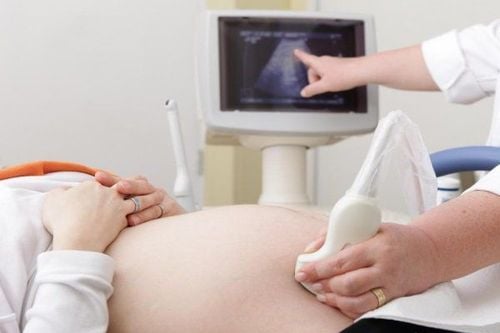
2. Rehabilitation of congenital clubfoot
Congenital clubfoot can be treated easily, inexpensively and effectively if the pediatric patient is detected and treated promptly. The most popular and widely used method of congenital clubfoot rehabilitation today, called Ponseti, is conducted to treat clubfoot when the baby is still in the first 2 weeks after birth. The Ponseti method goes through 3 stages including:Stage 1: A cast to correct the deformity of the clubfoot Stage 2: Achilles tendon surgery Stage 3: Have the child wear a shoe brace to fix the foot in the position outsole to prevent recurrence of clubfoot. In clinical practice, pediatric patients who are detected and diagnosed with congenital clubfoot will be treated with the Ponseti method in the following order:
1st cast to correct arch 2nd and 3rd cast for further correction of adduction and tilt in Achilles tendonectomy followed by a 4th cast within 3 weeks so that the Achilles tendon can be regenerated and solidified. Wear a Dennis - Brown shoe brace to ensure the normal development of the child in the future. Children are assigned to wear a shoe brace continuously all day, including sleeping for the first 3 months after the surgery until the child is 3 years old. For children under 2 years of age and with clubfoot who have not had tendonectomy, the Pirani scale can be monitored and evaluated before giving an indication for Achilles tendonectomy. Congenital clubfoot is a birth defect that appears from the time the baby is in the womb, although it does not cause pain or life-threatening, clubfoot in infants can lead to abnormalities. convenience in the movement, movement and activities of children if not treated promptly and properly. Therefore, when any abnormal foot signs are found, the child should be taken to a medical facility with expertise in this field for examination and diagnosis, from which there will be the most appropriate treatment for the child. .
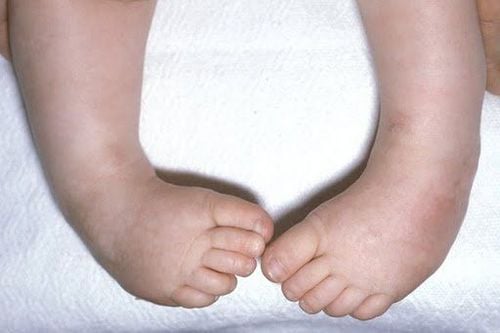
Please dial HOTLINE for more information or register for an appointment HERE. Download MyVinmec app to make appointments faster and to manage your bookings easily.





